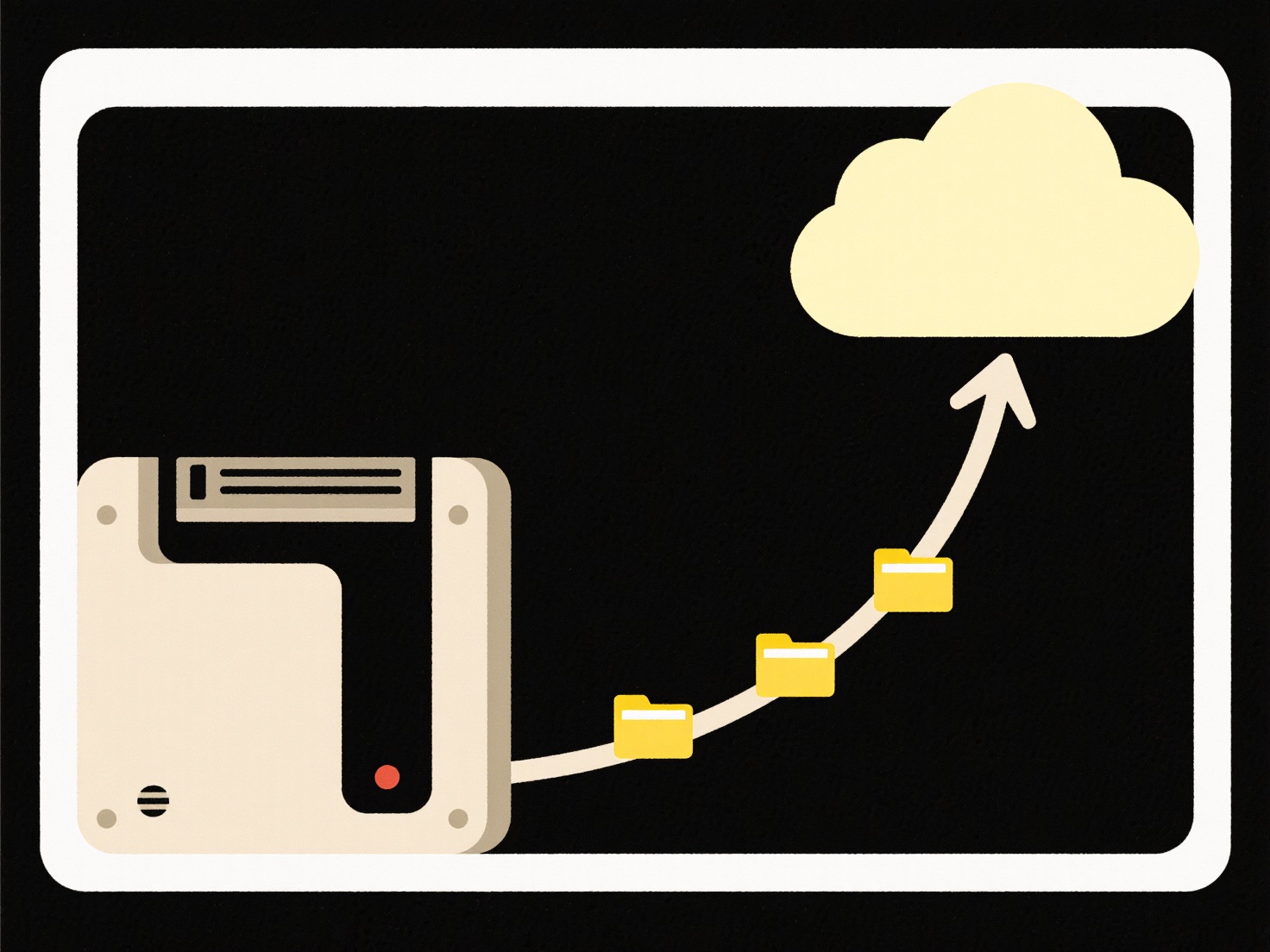
Advanced sharing options in Google Drive provide detailed control over how files and folders are shared, going beyond simply generating a shareable link. These settings allow you to define precisely who can access your content (specific people, groups, or anyone with the link) and what they can do with it (view, comment, or edit). Key differentiators include setting access expiration dates, restricting sharing to members of your organization, preventing collaborators from changing access permissions, or stopping file downloads, copying, and printing.

For example, a research team can share a draft report internally with "Commenter" access, enabling feedback without letting collaborators accidentally change the core document. Alternatively, an HR department might share a confidential policy document externally using an expiring link set to "Viewer" access only and restricted to recipients they've specifically listed, ensuring sensitive information becomes inaccessible after a defined date and isn't forwarded widely.
These advanced features enhance security and control, crucial for compliance (like HIPAA or FERPA) and protecting sensitive data. However, complexity increases; improper configuration could accidentally expose files or hinder legitimate collaboration. Their adoption drives innovation by enabling secure cloud workflows, though organizations must train users on managing permissions effectively to avoid both security risks and workflow bottlenecks.
What are advanced sharing options in Google Drive?
Advanced sharing options in Google Drive provide detailed control over how files and folders are shared, going beyond simply generating a shareable link. These settings allow you to define precisely who can access your content (specific people, groups, or anyone with the link) and what they can do with it (view, comment, or edit). Key differentiators include setting access expiration dates, restricting sharing to members of your organization, preventing collaborators from changing access permissions, or stopping file downloads, copying, and printing.

For example, a research team can share a draft report internally with "Commenter" access, enabling feedback without letting collaborators accidentally change the core document. Alternatively, an HR department might share a confidential policy document externally using an expiring link set to "Viewer" access only and restricted to recipients they've specifically listed, ensuring sensitive information becomes inaccessible after a defined date and isn't forwarded widely.
These advanced features enhance security and control, crucial for compliance (like HIPAA or FERPA) and protecting sensitive data. However, complexity increases; improper configuration could accidentally expose files or hinder legitimate collaboration. Their adoption drives innovation by enabling secure cloud workflows, though organizations must train users on managing permissions effectively to avoid both security risks and workflow bottlenecks.
Quick Article Links
Can file names have accented or non-English characters?
Yes, modern operating systems (like Windows, macOS, Linux) and widely used file systems (NTFS, APFS, ext4) generally sup...
What are cloud sync rules?
Cloud sync rules are user-defined settings that control how files and folders synchronize across devices through cloud s...
What’s the best way to manage creative assets?
Creative asset management involves organizing, storing, and retrieving digital files like images, videos, logos, design ...